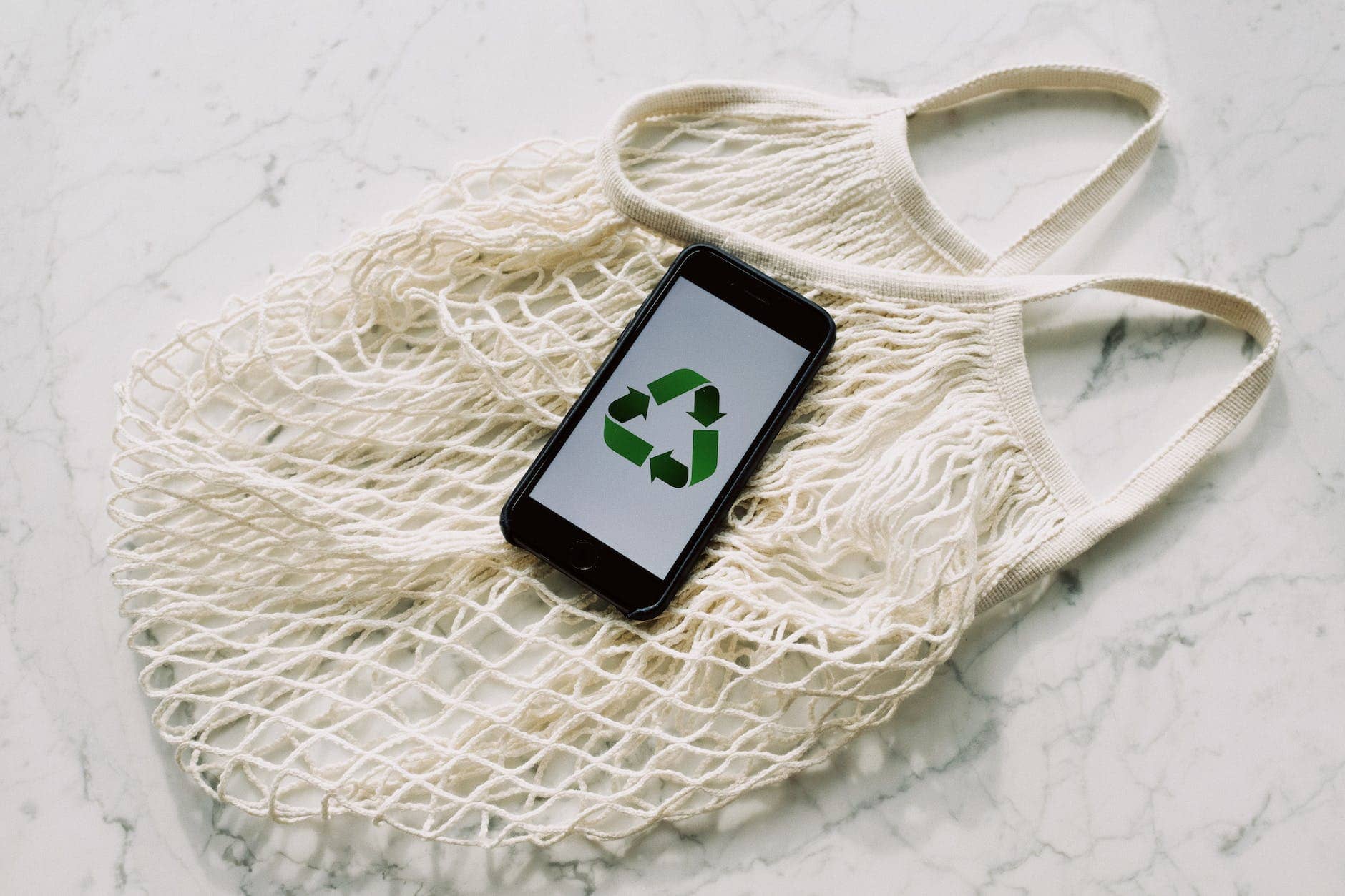Did you know that since the pandemic, nearly 81% of consumers expect companies to follow the eco-friendly route? Moreover, it’s the millennials who are leading this change in customer mindset. In other words, this trend is here to stay.
As a result, there is much talk about green marketing and how it can help businesses cater to this customer expectation. On that note, let’s explore green marketing, along with some solid examples of the same.
What Is Green Marketing and Why You Should Care About It?
As the name indicates, green marketing is a strategy deployed for promoting products and services on their real and perceived sustainability. In some cases, the product itself is tailored to be environmentally friendly. In others, the process of developing the goods and services incorporates an eco-friendly approach. Alternatively, the business may transform its operations and activities, say marketing or packaging, in a way that minimises any hazardous impact on the environment.
Regardless of the business decision, the motive remains – to embrace sustainability. Subjecting your business to a complete overhaul may seem overwhelming. But, here’s why you should consider it:
- Join the movement in making the earth a better, more livable place.
- It’s a powerful component of your corporate social responsibility.
- It puts your business in the spotlight, especially in a highly competitive setting.
- Pursue business innovations that manage your carbon footprint and help increase your profit at the same time.
- Leverage it to break into new customer segments.
- Forge lasting customer trust when you resonate with your audience’s values and advocacy.
- 5 Green Marketing Examples to Get You Started
- Green Designing
A green design is a key first step in making eco-friendly products and services. Reevaluate your product along the following lines:
- Is it environmentally friendly?
- If yes, how so?
- If not, how can you make it such?
- What are the materials and processes involved in product development?
- Are the raw materials sourced ethically and without adding to waste?
- What is the purpose or function of your product?
- The answers you’ll gather can help you bake sustainability into your product. Managing your product life cycle and infusing environmentally-conscious strategies from planning to distribution cement your commitment to green marketing.
Green Positioning
Green positioning is essentially championing for the environment by putting your money where your mouth is. It combines communication and action.
Promote how your business is making strides to become a more ecologically responsible company. Produce press releases of the programs and changes you’re making. A marketing campaign centered on sustainability can also help promote your agenda.
On the extreme, you can push for a business rebranding. This will put your organisation in an astounding transformation process, but this also means that you’re fully pledged to your environmental duty.
Here are more ideas that can help you with green positioning:
- Donating a part of your profits to a green charity.
- Supporting locally-sourced products.
- Setting environmental goals.
- Implementing green practices.
- Green Pricing
Statistics show that consumers are willing to spend 15% more if it means supporting products that exhibit environmental sustainability. Why not leverage this extra revenue?
Green pricing does precisely that. It redirects such premiums into new avenues, such as switching to renewable energy, ditching traditional marketing for online marketing, or investing in product R&D.
Such strategies will yield compounded results as your offerings become more in harmony with the environment without adding to the costs to the end-user. As such, it also helps bring down the costs of your products and services in the long run!
Green Packaging
Packaging is among the greatest concerns of modern-day consumers. Most items on the shelves come in individual plastic wraps placed in another single-use plastic bag upon checkout. Shipped items also come in layers of bubble wraps and other packaging materials, contributing to increased waste.
Green packaging requires the use of reusable, compostable, or biodegradable materials to wrap, pack, and ship products. Apart from promoting recyclability and incorporating recycled packaging, you can also choose to:
- Eliminate packaging completely.
- Reduce packaging weight.
- Discard the use of single-use packaging.
- Offer incentives to customers to choose recyclable options.
- Partner with suppliers to increase substitutes and reduce consumption.
- Green Disposal
Finally, green disposal takes into account the end-stage of the product and helps with waste management.
For a start, initiate waste prevention throughout the product lifecycle. You can then look into partnering with distributors to collect your products’ supposed scraps.
The items collected thus can be refurbished or reused or sent to proper recycling facilities. Basically, all you need to do is ensure that your product (or its packaging) does not needlessly end up in landfills.
Promote a greater cause
While green marketing is an attractive possibility, be wary of falling prey to green-washing. This refers to giving a false impression or sharing misleading information on how your company is committed to the environment.
Highlight genuine and authentic measures your business has adopted, no matter how minuscule. And stick to them consistently. Your customers and prospects will recognise your efforts and will support your cause.






Leave a Reply